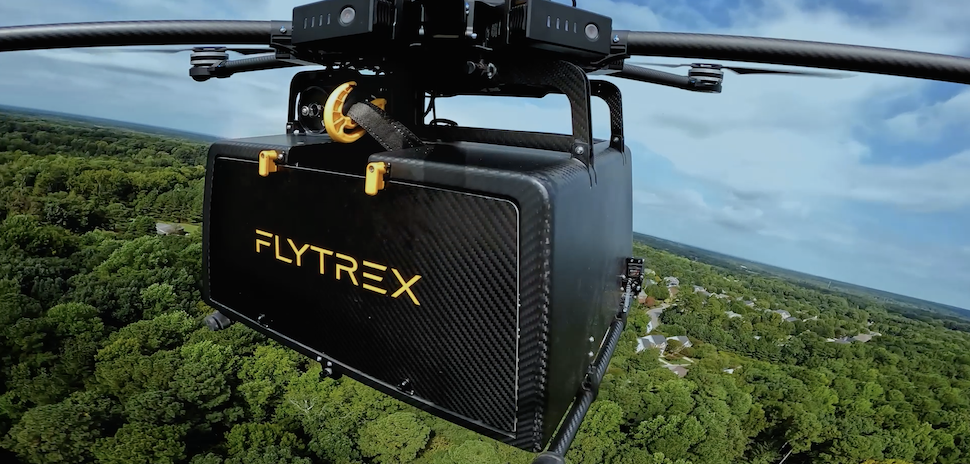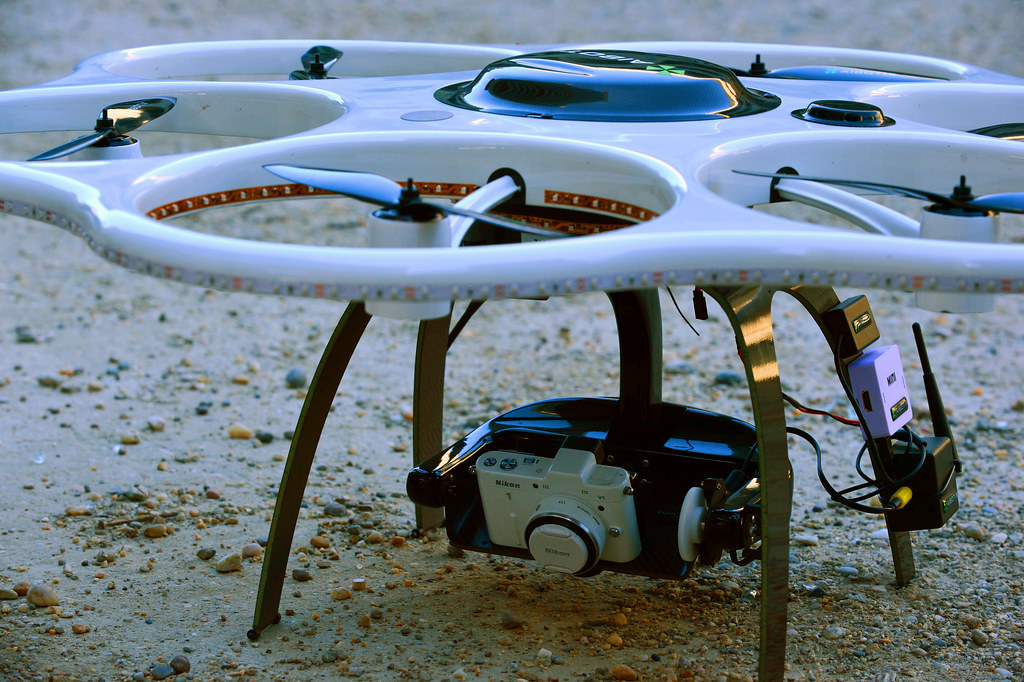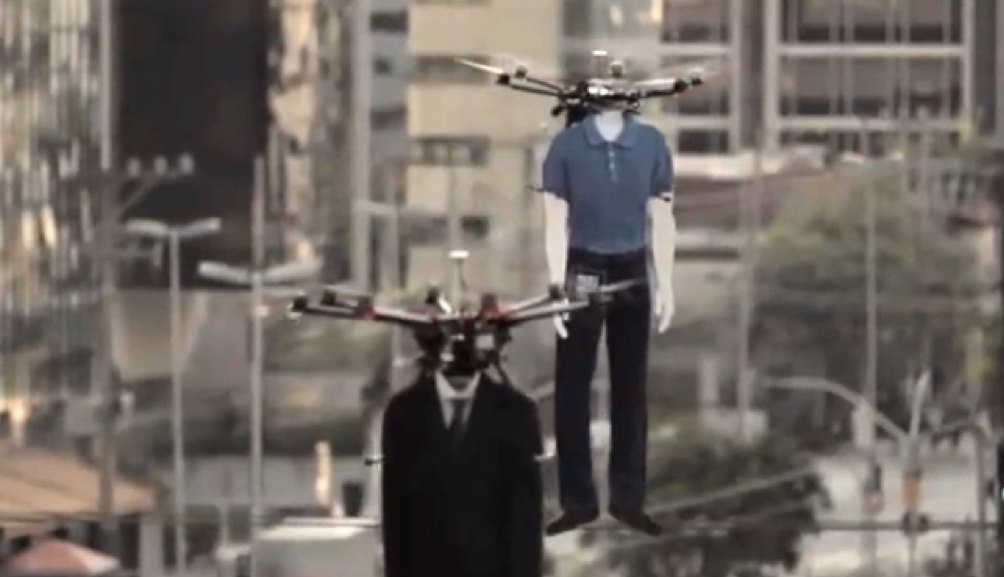
McKinsey Construction Company is a building contractor that submits competitive bids for dwellings and other types of construction projects. While they perform many construction activities, they are most responsible for scheduling and planning. They place a high importance on avoiding delays and working within a PERT (Project-Related Time and Cost) method to reduce the time spent on each construction project.
Jan
Jan Mischke is a partner at the McKinsey Global Institute (MGI), the business and economics research arm of the consulting firm. He is responsible for work in infrastructure, construction, productivity, competitiveness, and other areas. He worked as a McKinsey consultant in the past. He's currently a speaker on these global trends. Here's more information about Mischke and the work he does. Here are some of our favorite books and resources.
Jose Luis Blanco
A recent McKinsey report showed the potential for technology to boost productivity by as much as 50 percent. It is important to make sure that the data is clear and that leadership is open to collaboration. McKinsey discovered that many construction companies are adopting technology. Companies are finding new customers, and better ways for them to carry out their projects. McKinsey research also showed that many firms are using new technology to increase productivity, and lower costs. The benefits of increased productivity and efficiency are also being enjoyed by self-performing contractors.
Jose is McKinsey’s North America leader for engineering and construction. He is an expert in construction technology and real property and provides advice to capital project leaders through the entire lifecycle of a project. He worked previously for Europe's largest E&C group, where he managed hundreds of engineering teams to successfully complete complex projects. His deep experience includes integrating digital capabilities and scaling up new technologies to unlock value.

Accepting technology
Technology is changing the way we communicate, build, and engineer. In the past, drawings and sketches were used to communicate details to workers and track progress. The technology of today makes it easier for construction companies and workers to maintain constant communication. It allows for 3-D modeling projects and simulations of many aspects, including the cost.
Construction firms are adapting to technology to meet the ever-changing landscape. Construction companies are now faced with new challenges because of the increasing sensitivity of their clients to changing markets. Future built infrastructure will be modular and optimize energy, security and health parameters. Technology is becoming more affordable and more efficient. This opens up new possibilities. McKinsey has scanned the construction technology landscape.
Deficiencies in labor
Recent data from the U.S. Bureau of Labor Statistics showed that construction workers are not in sufficient supply. According to the report the average hourly wage of construction workers has increased by 2.6%, compared with 2.1 percent for all U.S. employees. Many factors have contributed to this shortage. They include the recession that forced many workers to find other occupations and restrictive immigration laws. These laws have greatly prevented undocumented migrants from filling the gaps. The education system has also been slowly phasing away vocational training as parents encouraged their children to pursue university degrees.
McKinney has a shortage of workers, but it is not just for the construction industry. It affects nearly every industry in the region. In addition to construction workers, fewer workers means fewer designers and code regulators. According to the Associated General Contractors of America's 2020 Construction Outlook Survey, nearly 80% of construction companies say they are having trouble filling salaried craft positions. This shortage is expected to worsen as housing costs continue to rise.

FAQ
Can you fly a drone high without a licence?
The FAA doesn't limit how high you can fly your drone. They do require that you register your unmanned airplane system (UAS), which includes registration number, model number, weight, size and manufacturer's names, as well as other information.
Do I need special training to fly a drone?
No, you don’t need any special training in order to fly your drone. You just need a remote-control unit and basic knowledge in flight mechanics.
Can I fly my drone at my local park?
Yes, drones can be flown in parks around the world. However, some countries do not allow flying drones at parks due to safety concerns. Our list contains places where drones are legal to fly for enjoyment.
What are the rules regarding drone operation?
The FAA will require you to register your drone. This registration involves information such as the weight, size, battery capability, and operating frequency. The FAA will issue you an identification number.
Are drones allowed at public events?
If you observe the rules, then you can fly a drone wherever you want. If you intend to fly your drone at a public event, such as a parade or festival, you will need permission from the organizers.
Statistics
- With the top 10% making over $100/h and the bottom 10% making as low as $10/h. (dronesgator.com)
- According to industry research from ZipRecruiter , there are 10 cities where the typical salary for a Drone Pilot job is above the national average. (dronesgator.com)
- According to Indeed, a drone pilot gets paid $25.73 per hour on average in the US. (dronesgator.com)
External Links
How To
How To Fly Drones For Beginners
A drone is an unmanned aerial vehicle that can be remotely controlled and used for surveillance, aerial photography, film production, research, and other hobby purposes. Drone technology has existed since World War II. However, commercial use began in 2010 when DJI released their Phantom series of quadcopters. Since then, there have been many different types of drones available, from beginner-friendly models like the Parrot AR Drone 2.0 to professional-grade multi-rotor craft like the DJI Mavic Pro.
You can fly a drone in many different ways, including:
-
Remote control – This technique uses a control device attached directly to your hands that allows you steer the drone around its flight path. There are two types of controllers available: joysticks and on/off switches.
-
Manual Control – This method lets users remotely control the drone by using a smartphone app. The app will provide instructions and help you to locate the drone.
-
Autonomous Flight: This means that the drone will take care of all the piloting. It's basically flying autonomously without any human intervention. A drone must have a builtin camera and sensors capable to capture images and other data.
-
Triggered flight - This is similar to manual control except that the pilot sets up a preprogrammed route and the drone follows the route until it reaches its destination. After the program is complete, the drone automatically returns to the ground.
-
Landing Gear - Some drones come equipped with landing gear that allows them to land safely if they lose power or run out of battery during flight.
-
Goggles-Some pilots use goggles to protect their eyes from debris during operations.
-
Camera - Some drones can be equipped with cameras which enable you to capture photos from the sky.
-
Obstacles-Some drones come with obstacle avoidance devices that keep them from hitting obstructions.
-
Speed – Some drones can reach speeds in excess of 40 mph.
-
Battery Life - Most drones are capable of lasting between 20 minutes and three hours, depending on the power that you use.
-
Some drones have a range of up to 30 miles, depending on their model.
-
Power source - Not all drones can use an external power source. Others can run on internal batteries.
-
Weight - Some drones weigh less than 1 pound, whereas other models weigh up to 4 pounds.
-
Size - The size of drones varies from small, easily carried devices to more substantial crafts that weigh in excess of 50 pounds.
-
Price - From high-end models that cost thousands of dollars to low-cost options that start at $100, all drones fall under a certain price category.